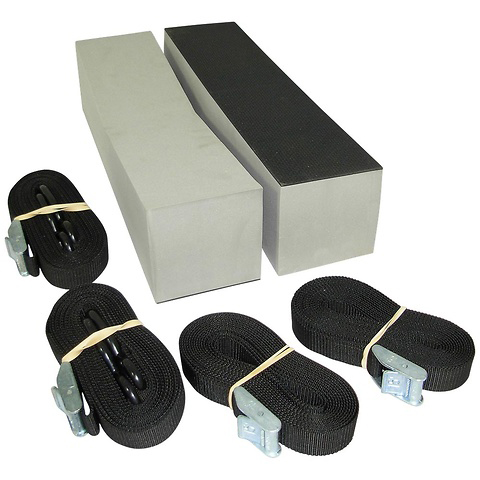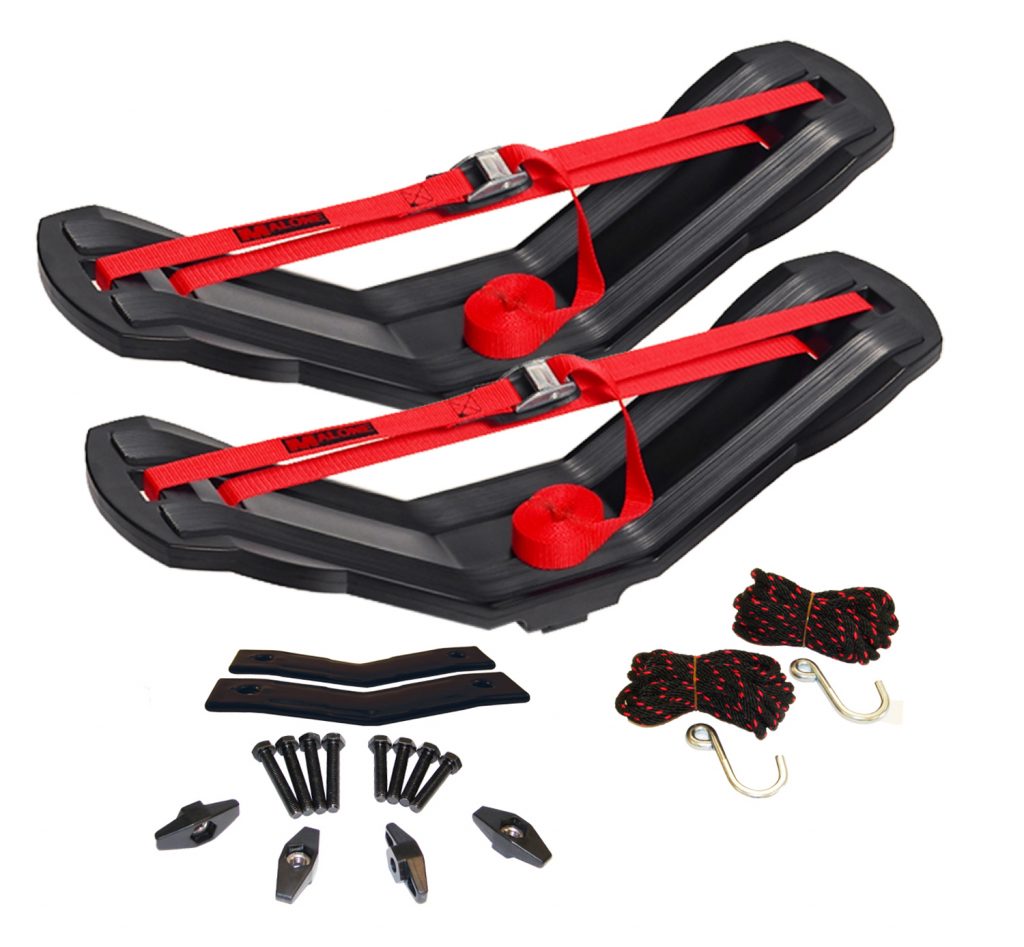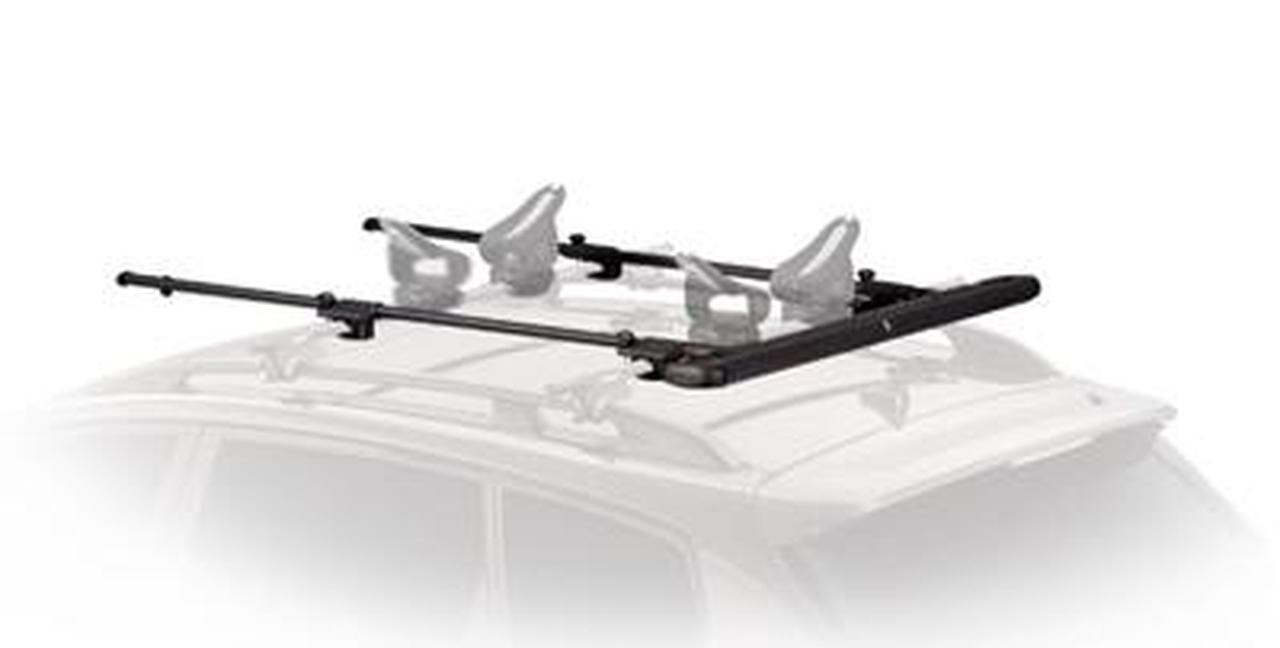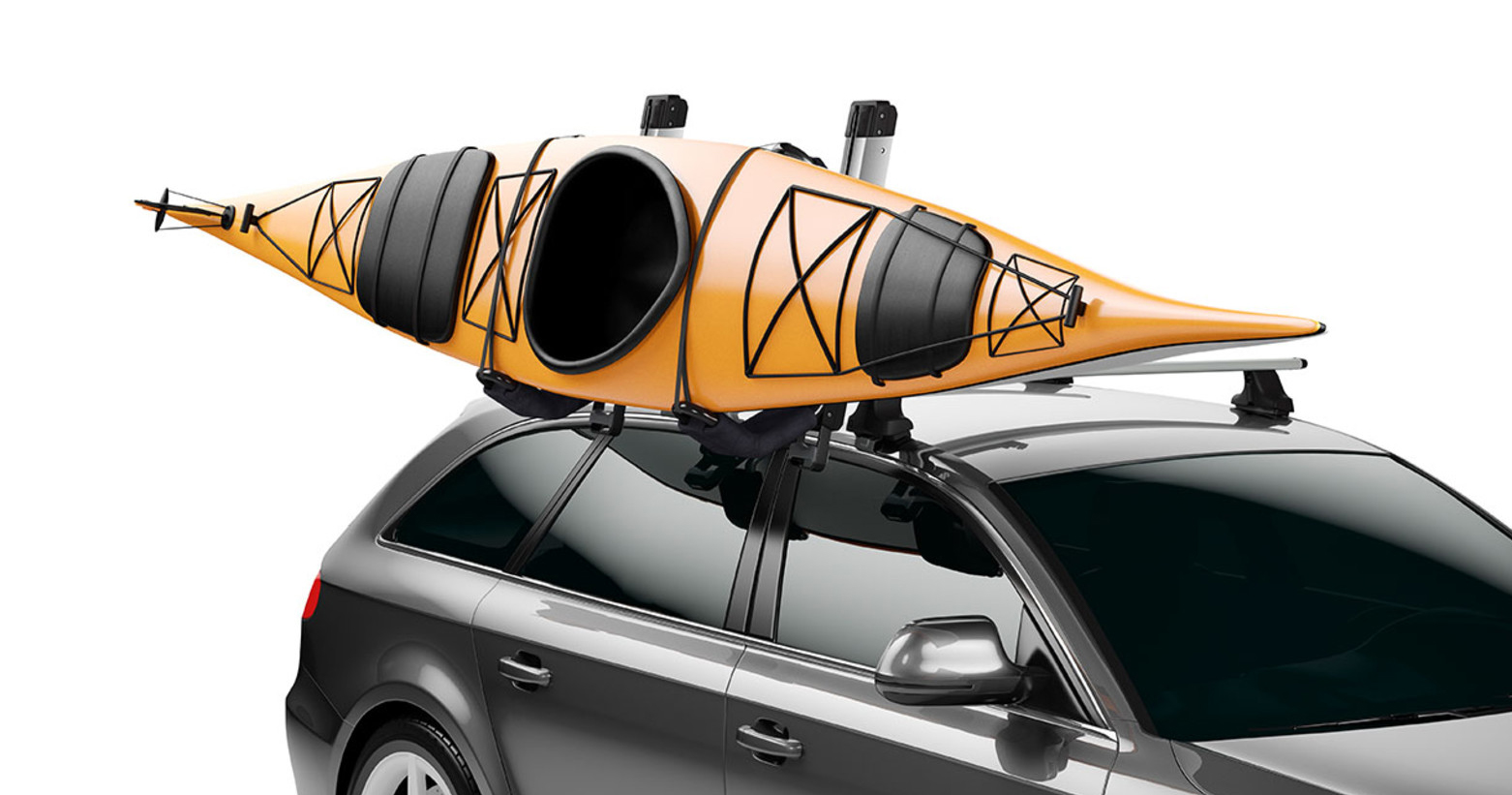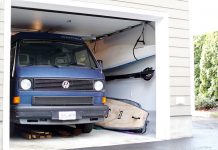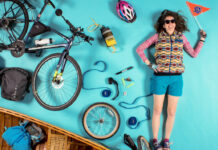Unless you’re lucky enough to live on the water’s edge, loading and transporting your kayak will bookend every paddling adventure. We’ve all heard the stories. Kayaks are not meant to pinwheel into highway medians. Investing in a bomber base roof rack and simple specially-designed kayak accessories will help you load your boats more quickly and more securely. Get a little spendier and you can buy kayak loading love in the form of rollers and mechanical advantage. Ultimately, a quality rack setup helps protect your car, your boat and your back. Start here.
Base Racks
Many SUVs, wagons and crossovers come equipped with factory-installed side rails running front-to-back on the roof. These are often engineered to support a base roof rack system. If your vehicle doesn’t have this factory feature, don’t despair—almost any naked roof can be outfitted with four easy-to-install feet, but they have to be specific to the make and model of the vehicle. What fits a Mazda 3 won’t fit a Honda Civic. Either way, the end goal for the paddler is to be able to mount two parallel crossbars on the factory rails or feet. which a boat can rest on.
Yakima Jetstream | $249 | www.yakima.com
A base rack system is the bare-bones rack option for transporting kayaks, and it’s what any subsequent accessories will attach to. While an overturned canoe will rest stable and flat on crossbars on its gunwales, kayaks—particularly sea kayaks—could use the extra support of a pair of foam blocks. Foamies support the kayak in a cockpit-up or on-side position and will protect the hull from getting scratched on the rack and cradle the kayak from the pressure of cinching the tie-downs. A base rack is the foundation of a reliable system and the most crucial part.
Rooftop Carrier Kit | $59 | www.salamanderpaddlegear.com
Best For: Everyone. Don’t be a newb with pool noodles across your roof. Invest in a basic rack to properly secure your boats and protect your vehicle.
Stackers
These vertical bars clamp to your crossbars to provide stability when stacking kayaks on their sides and side by side. Stackers allow paddlers to max out the available real estate up top. Stackers usually feature a fold-down frame for a clean look and improved clearance and gas mileage when not in use.
Best For: Elevating your status from shuttle rat to shuttle hero.
Thule Stacker | $169.95 | www.thule.com
Saddles and J-Cradles
While foam padding might get you home from the shop and for short jaunts to the local put-in, you’ll want something cooler and more secure to transport your kayak on more frequent, longer and high-speed journeys. Saddles provide extra stability and support for your kayak resting on its hull. A J-Cradle transports a kayak on its side; strapping a kayak on its side is stronger and reduces stress on the hull. Similar to stackers, a J-Cradle (Malone J-Pro | $109.95 | www.maloneautoracks.com) helps maximize rooftop space, almost halving the amount of space required on the roof. Some will argue this position isn’t as aerodynamic as the kayak resting on its hull. Opinions vary and so may your fuel mileage.
Best For: Folks journeying farther than their local put-ins.
Malone Seawing | $149.95 | www.maloneautoracks.com
[Also Read: Increase Your Kayaking Knowledge With These 40 Terms]
Rollers
One of the most important aspects of any roof rack system you choose is ensuring you can load your kayak safely, quickly and solo if needed—otherwise, the struggle to load and unload will keep you from the water. Rollers work just as they sound. And it avoids having to powerlift your whole kayak. With a roller or saddle with roll assist, simply place the kayak down behind the vehicle with the bow pointing towards the bumper. Lift the bow and rest it on the roller. Once you have the bow up, lift the stern and walk forward pushing the kayak along—the roller will allow the boat to roll forward. This essentially halves the amount of weight the paddler has to lift. Rollers work great when close to the back of the vehicle. However, more than a foot from the back of the roof you may need a slide-out load assist bar to keep your kayak from rubbing against the vehicle.
Best For: Anyone who solo paddles or can’t power lift their kayaks into place.
Yakima Showboat | $249 | www.yakima.com
Lift Assist
A lift assist kayak rack accessory offers the easiest way for a solo paddler to load a kayak from alongside the car. How? Gas-assist struts, baby. This feature adds on to an existing base rack system and doubles the price. But lift assists can handle up to 40 pounds, so on a 60-pound kayak, the paddler only has to lift 20 pounds. A total game changer. Best For: Solo paddlers, gadget nerds and those with accessibility issues.
Thule HULLavator | $659.95 | www.thule.com
Is it just us, or should boats always be facing forward? Discuss. | Photo: Nicholas Spooner





